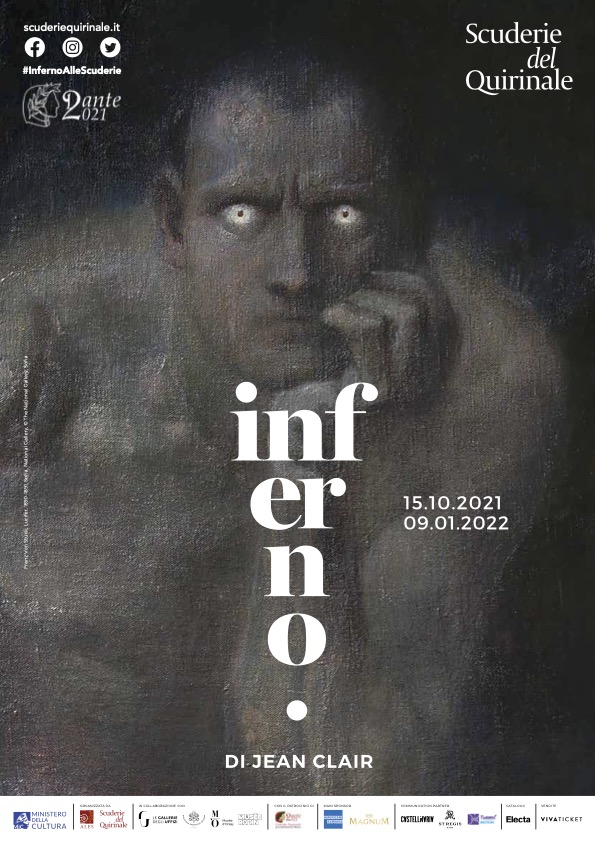Genesis of divine comedy
Dante’s universal fame is tied to the Divine Comedy, which he simply called Comedia. The adjective divina, first used by Giovanni Boccaccio, became a permanent part of the title after appearing on the title page of the Venetian edition published in 1555. Dante wrote his poem in the vernacular, the language of the people rather than the language of scholars, which was Latin at that time, pouring into it the personal and literary experiences he had acquired from his youth onwards. He channeled into its tercets his religious and political aspirations as well as his philosophical, historical, and scientific knowledge, shifting between tones of spiritual reflection and mysticism and a polemical tenor verging on invective and satire.
Despite the huge body of studies built up over the centuries, the precise origins and chronology of the Divine Comedy have yet to be established. Nonetheless, the extraordinary complexity of the work, its vast span, as well as evidence of an evolutive process taking place in the author’s moral, political, and religious conception throughout the course of the poem have led to a scholarly consensus regarding the Comedy as a work with a lengthy, laborious gestation composed during Dante’s exile from Florence – probably from 1306-07 onwards – and probably completed shortly before the author’s death in 1321.
Composed in terza rima, consisting of tercets set in hendecasyllabic lines with interwoven rhymes, the poem is divided into three cantiche – Inferno, Purgatorio and Paradiso – each of which comprising 33 cantos, with a total of 100 cantos. No original manuscript has survived.
The poem is an imaginary description of a journey made by Dante between 8 and 14 April 1300 through the three kingdoms of the afterlife. Although the theme of the journey into the afterlife was diffused in the Medieval West and in Islam, Dante takes little from such descriptions, turning instead to Virgil’s Aeneid. The declared aim of the poem is to bring men back onto the path of goodness and truth through the representation of the punishments and rewards awaiting sinners and the pure, respectively, in their eternal lives. The fundamental scheme of his narrative has a precise allegorical meaning. Dante, who has lost his way in a dark forest, is first guided by Virgil who takes him to Hell and Purgatory and then by Beatrice who confronts him with the vision of the blessed and of God in Paradise. The character of Dante represents the human soul who has fallen into error and sin and who recognizes his mistakes, repenting under the guidance of Reason or Human Wisdom (Virgil). The soul, now purified, can understand the superior truths of the faith, under the guidance of Divine Wisdom entrusted to the teaching of the Church, that is, of Theology (Beatrice), thereby attaining celestial bliss and a union with God, which is the ultimate aim for which it has been created and towards which it naturally aspires.
The afterworld described by Dante has a precise architectural structure. The ideal axis descends from the centre of Jerusalem through the infernal abyss opening up beneath the city to reach the centre of the earth. From here, it extends through the other hemisphere, becoming the axis of an inverted cone (Purgatory), then ending at a plateau (Earthly Paradise), which is, therefore, diametrically opposed to Jerusalem. Extending even further, the ideal axis rises from heaven to heaven until it reaches the centre of the rose of the blessed (Empyrean).



